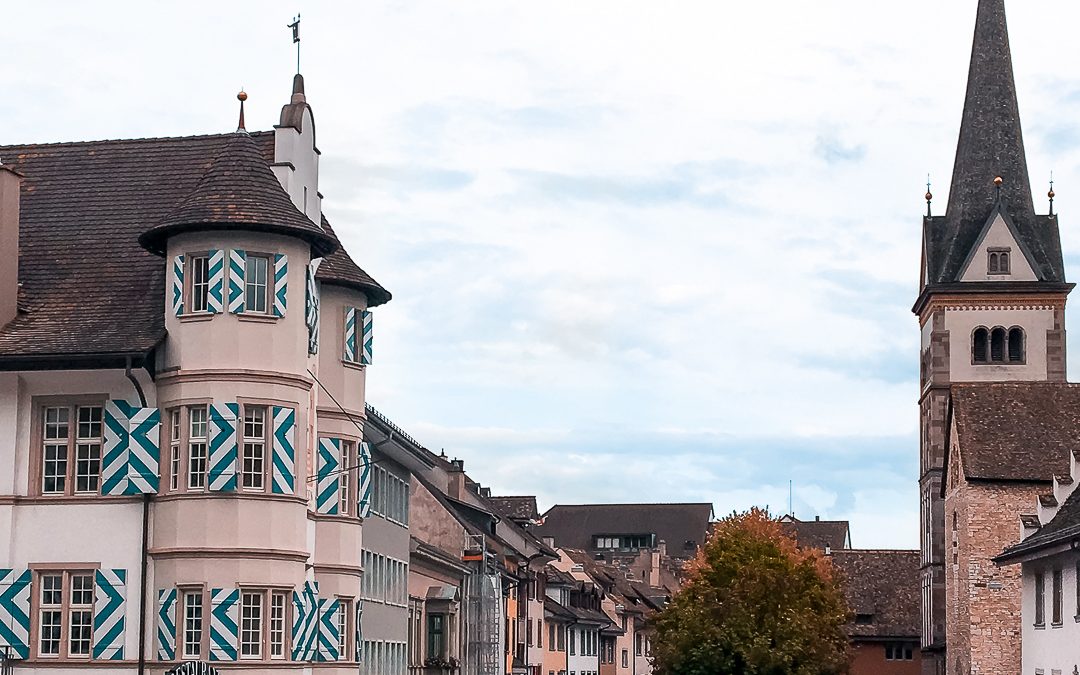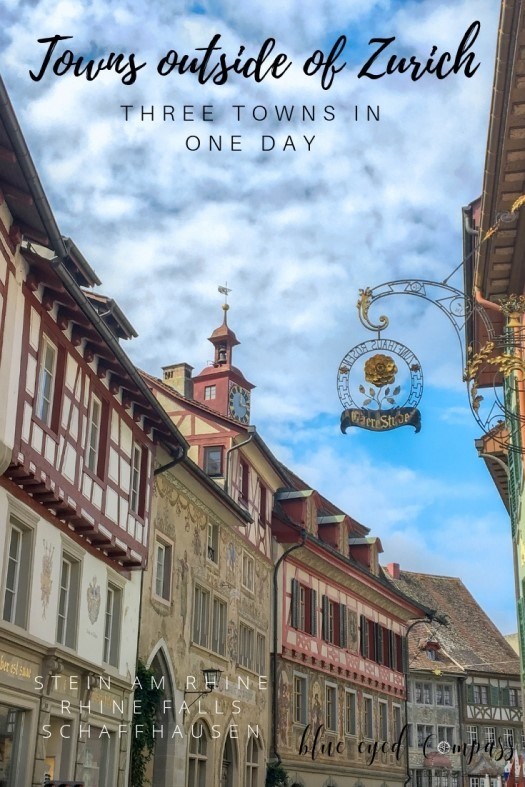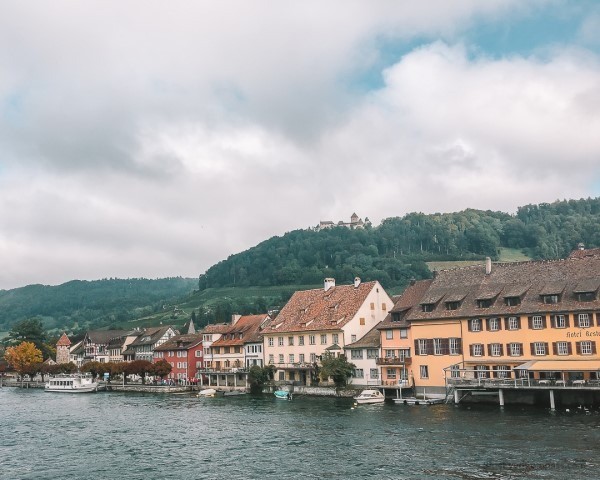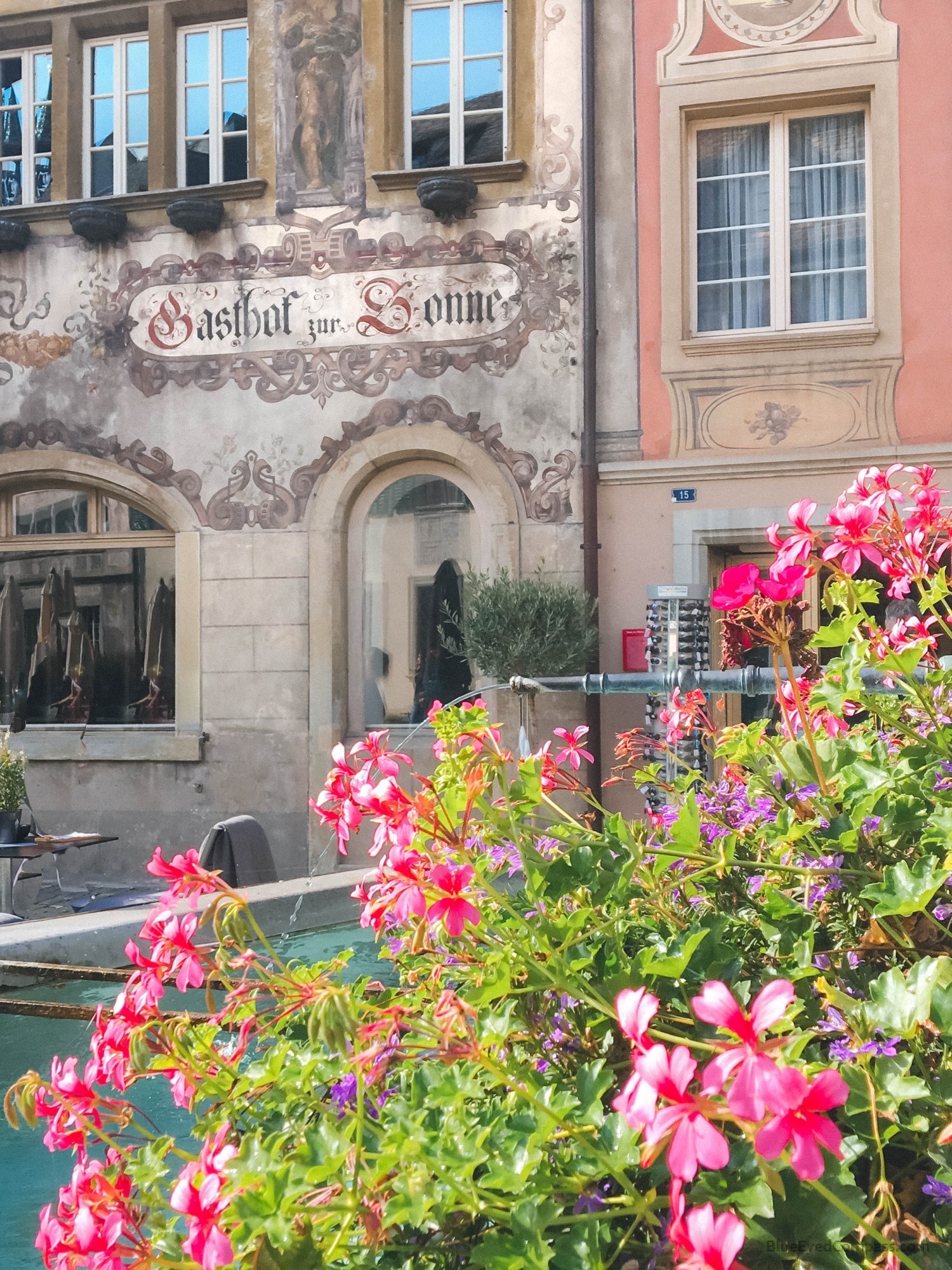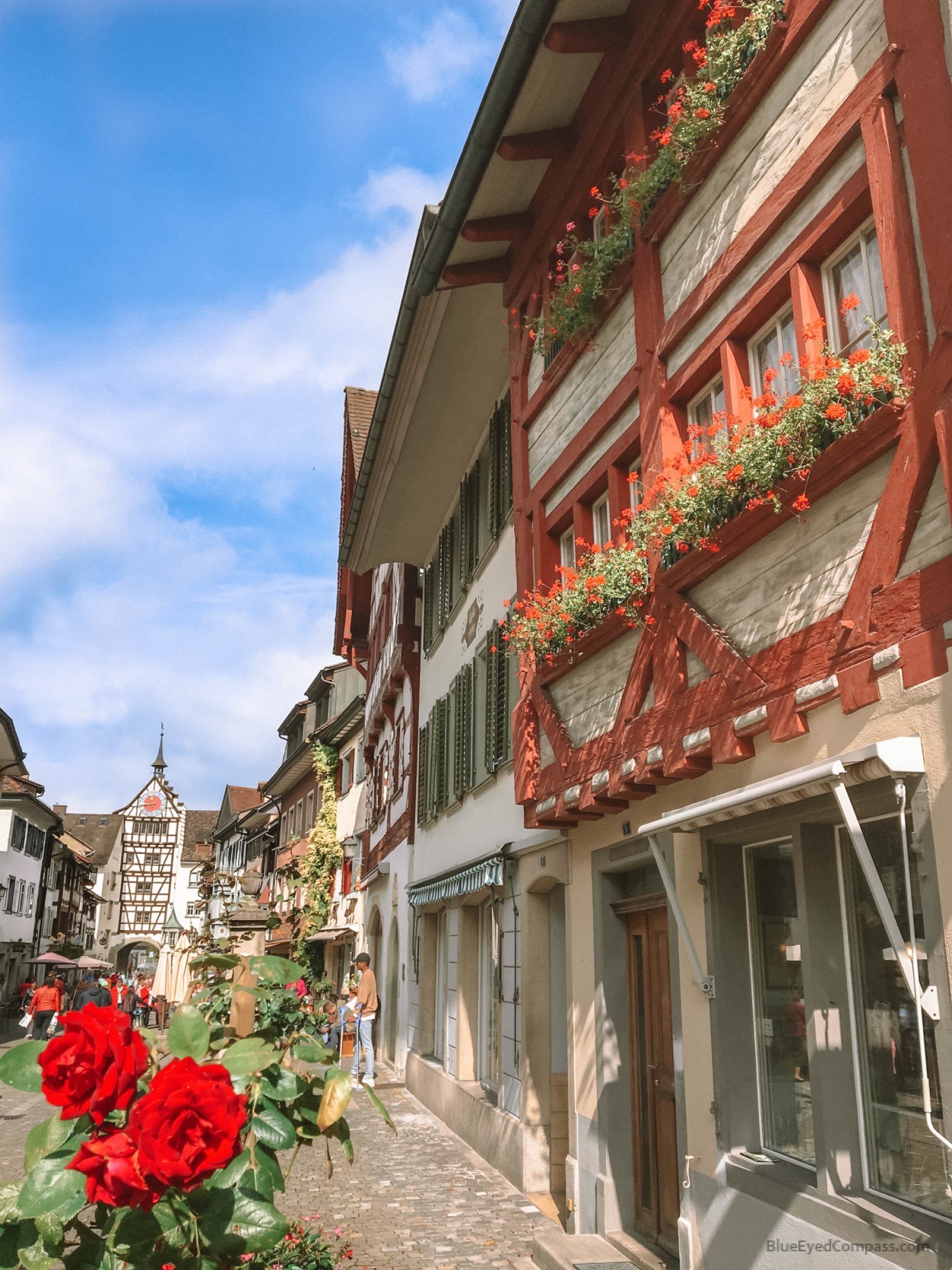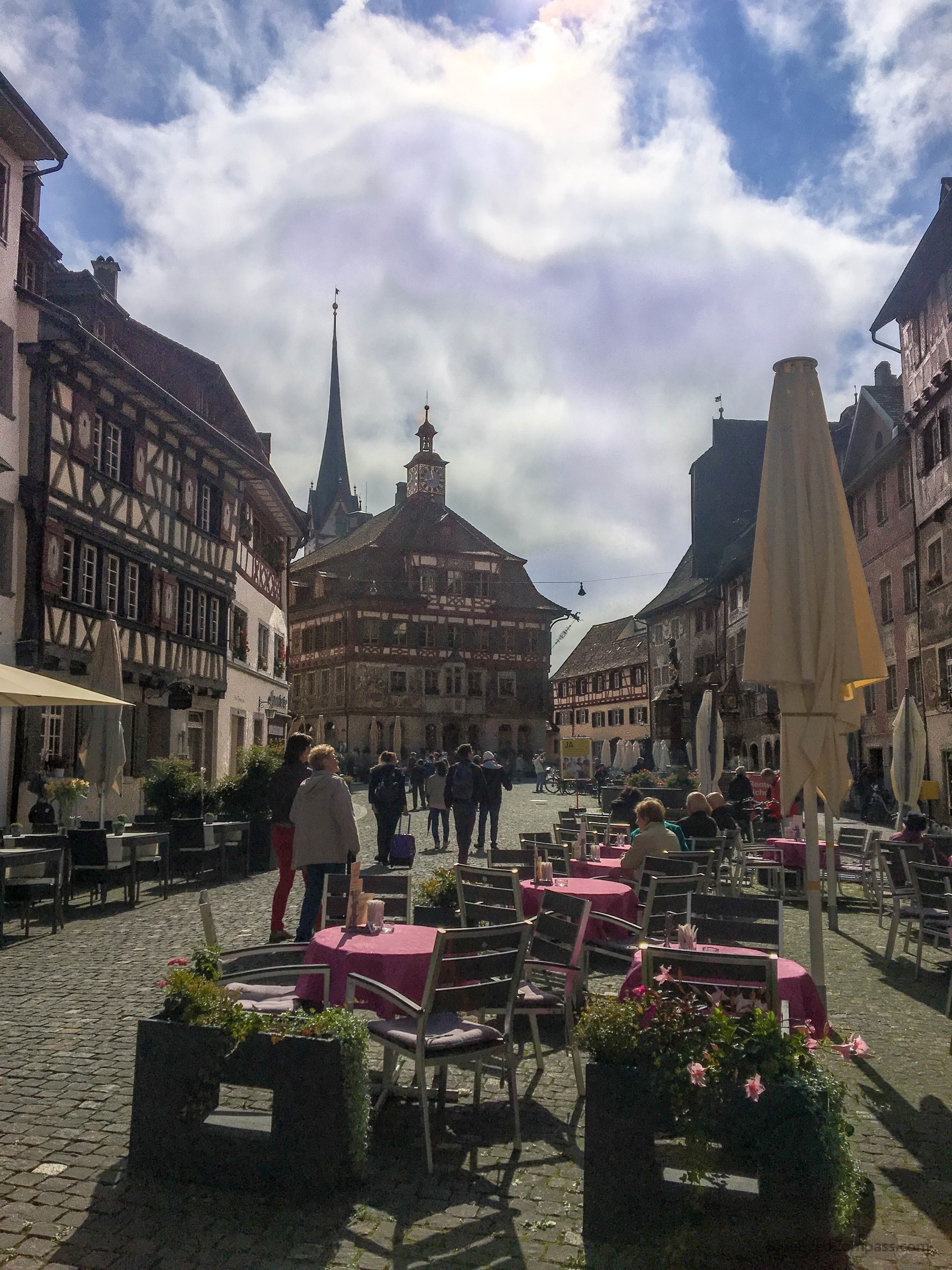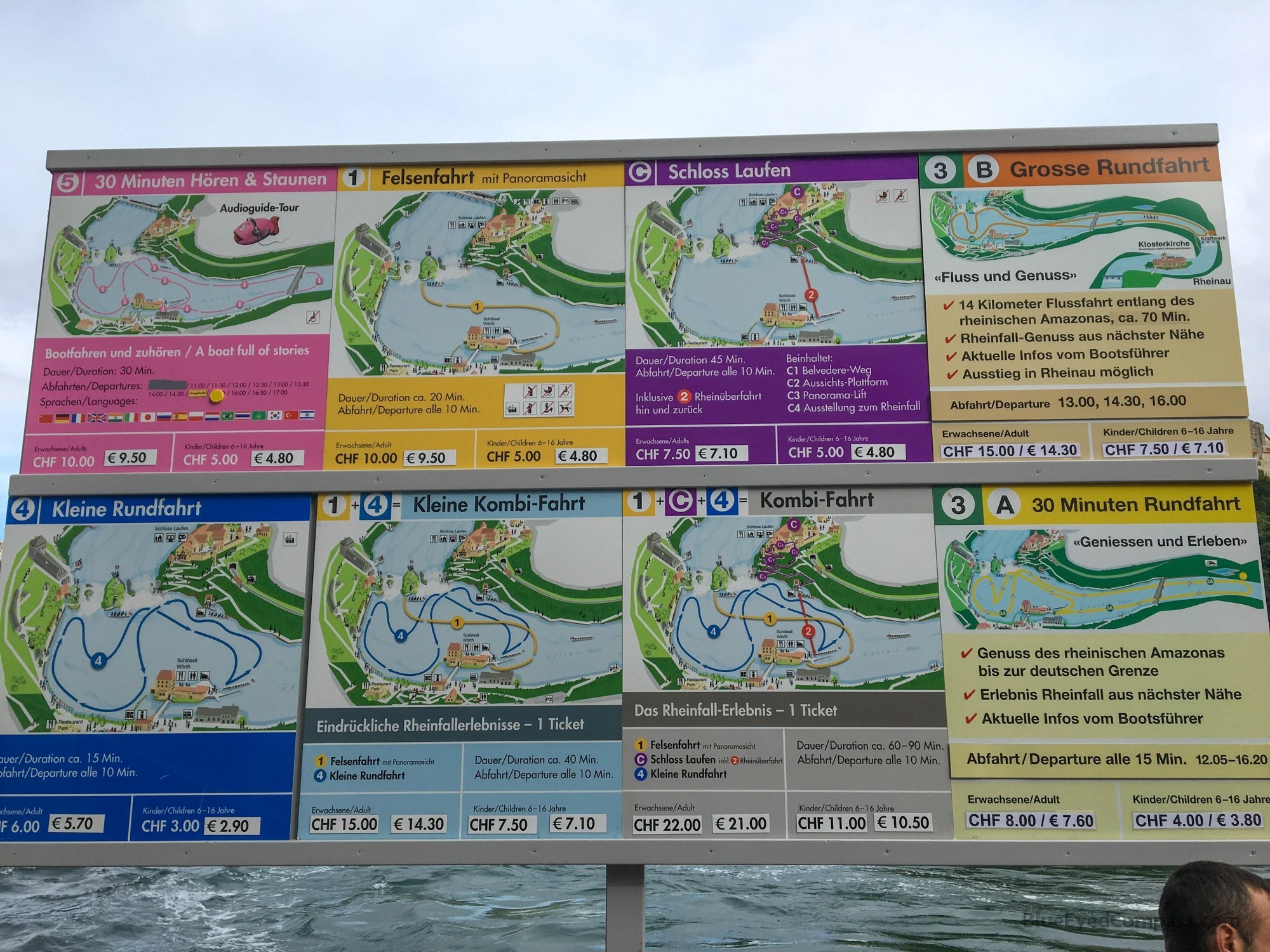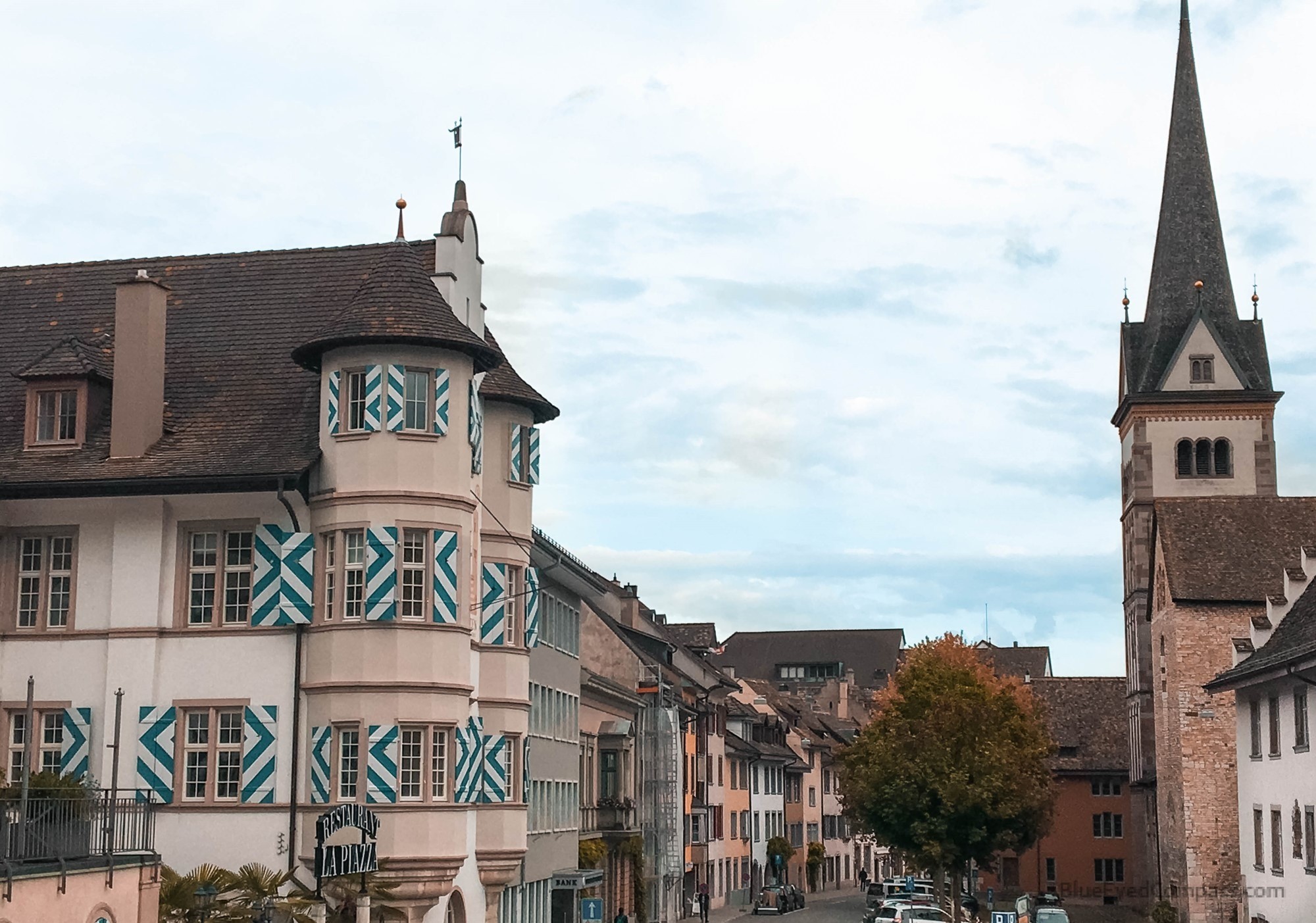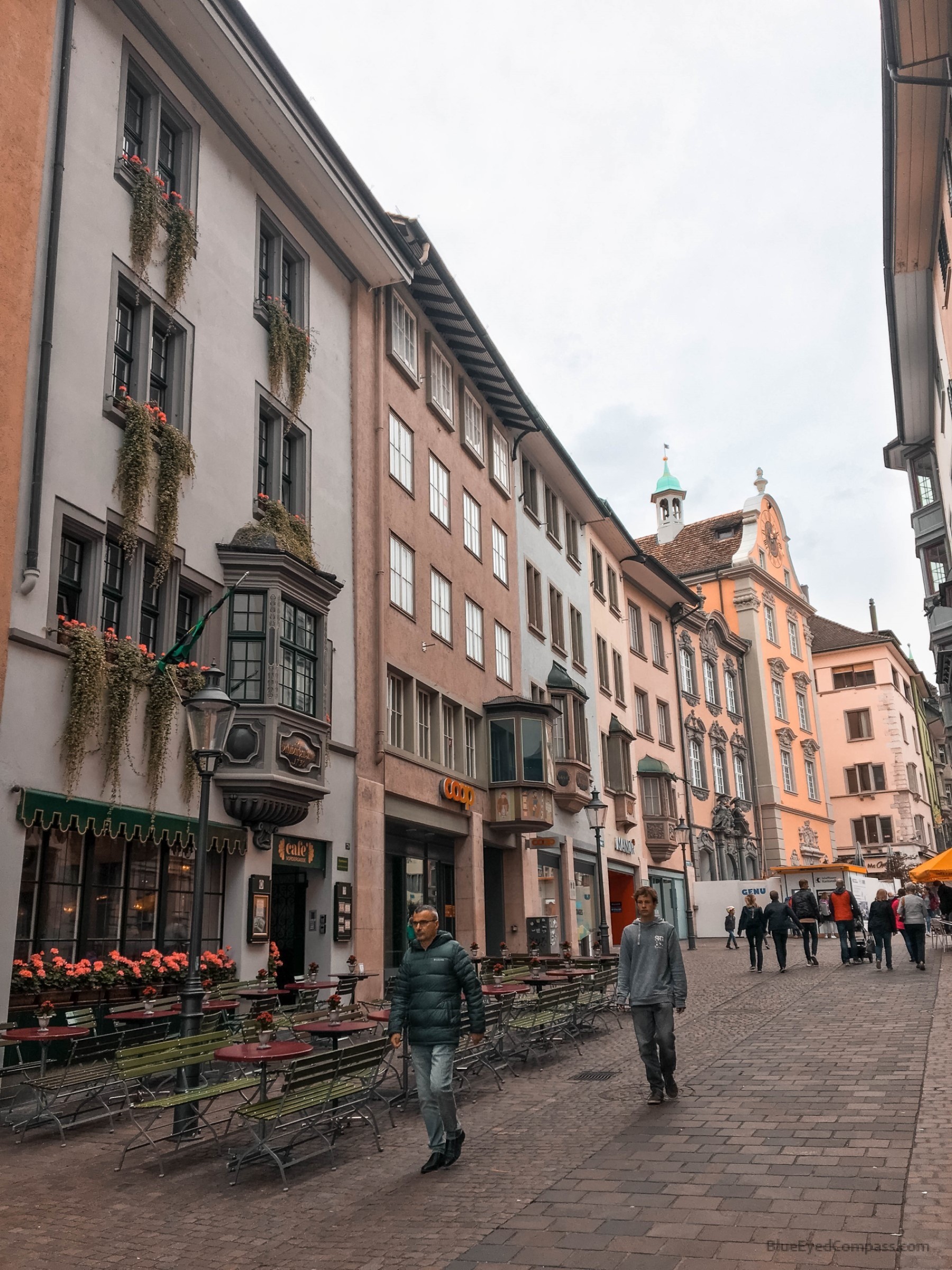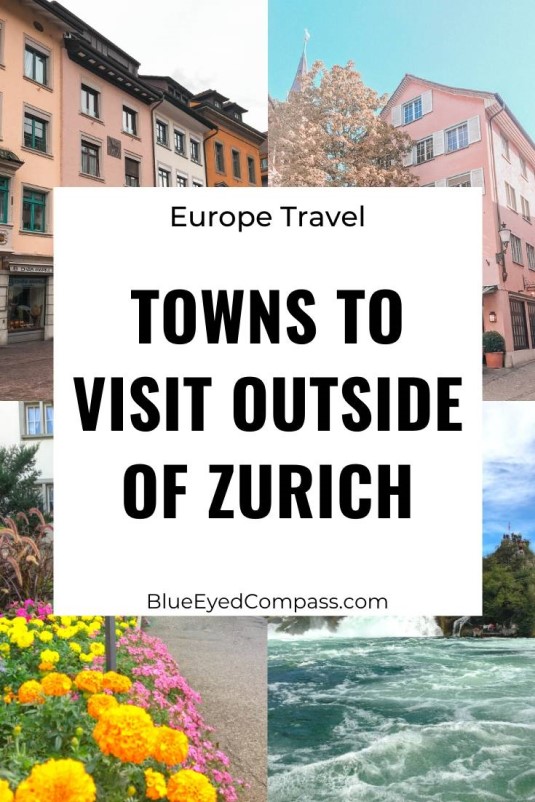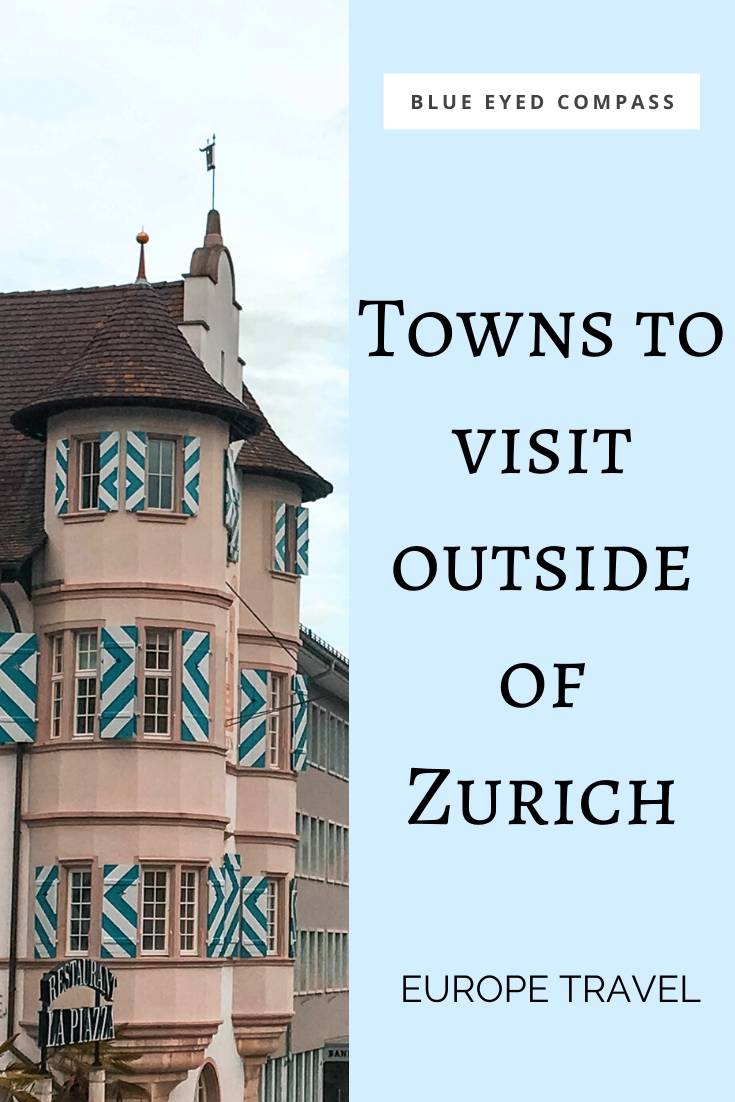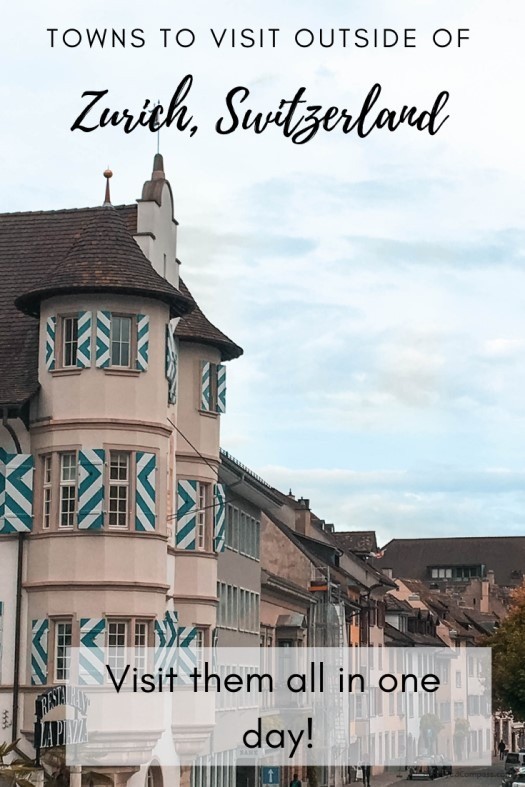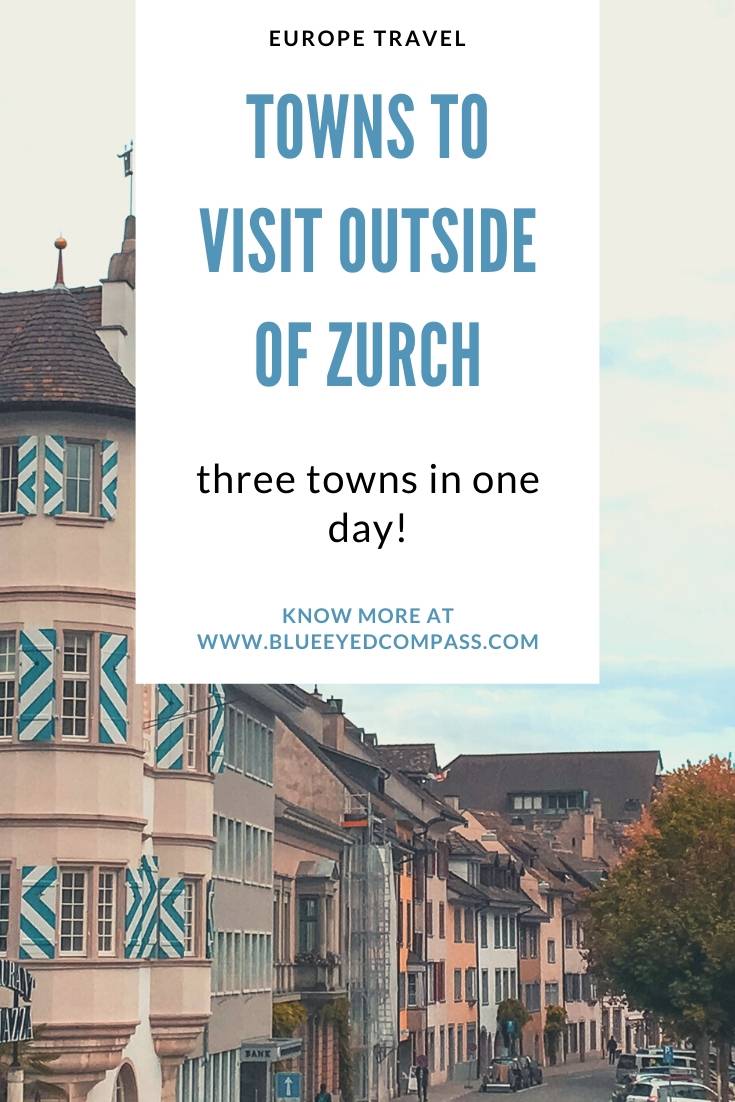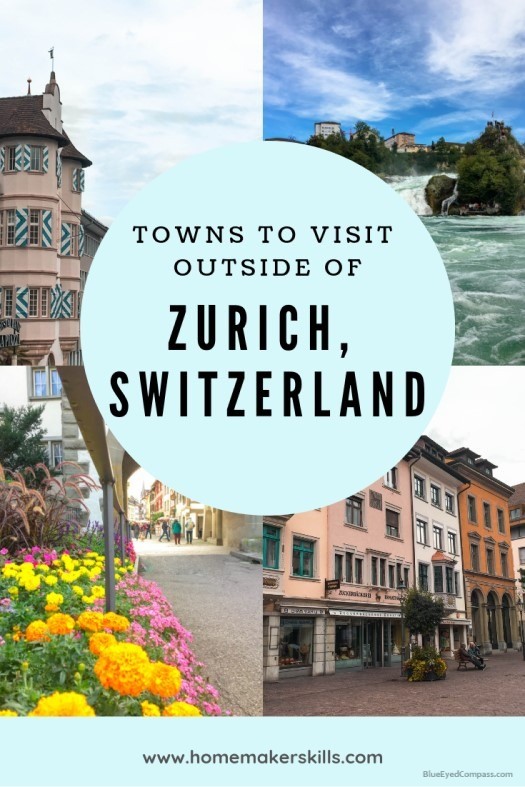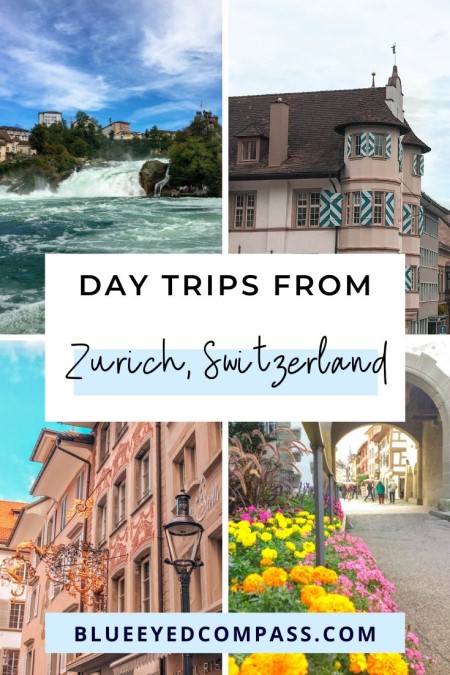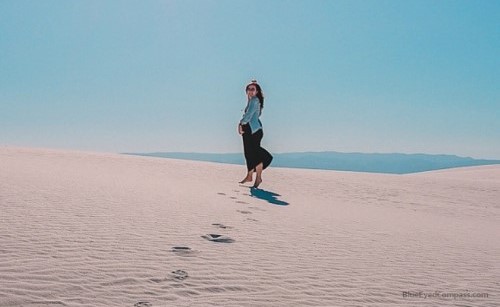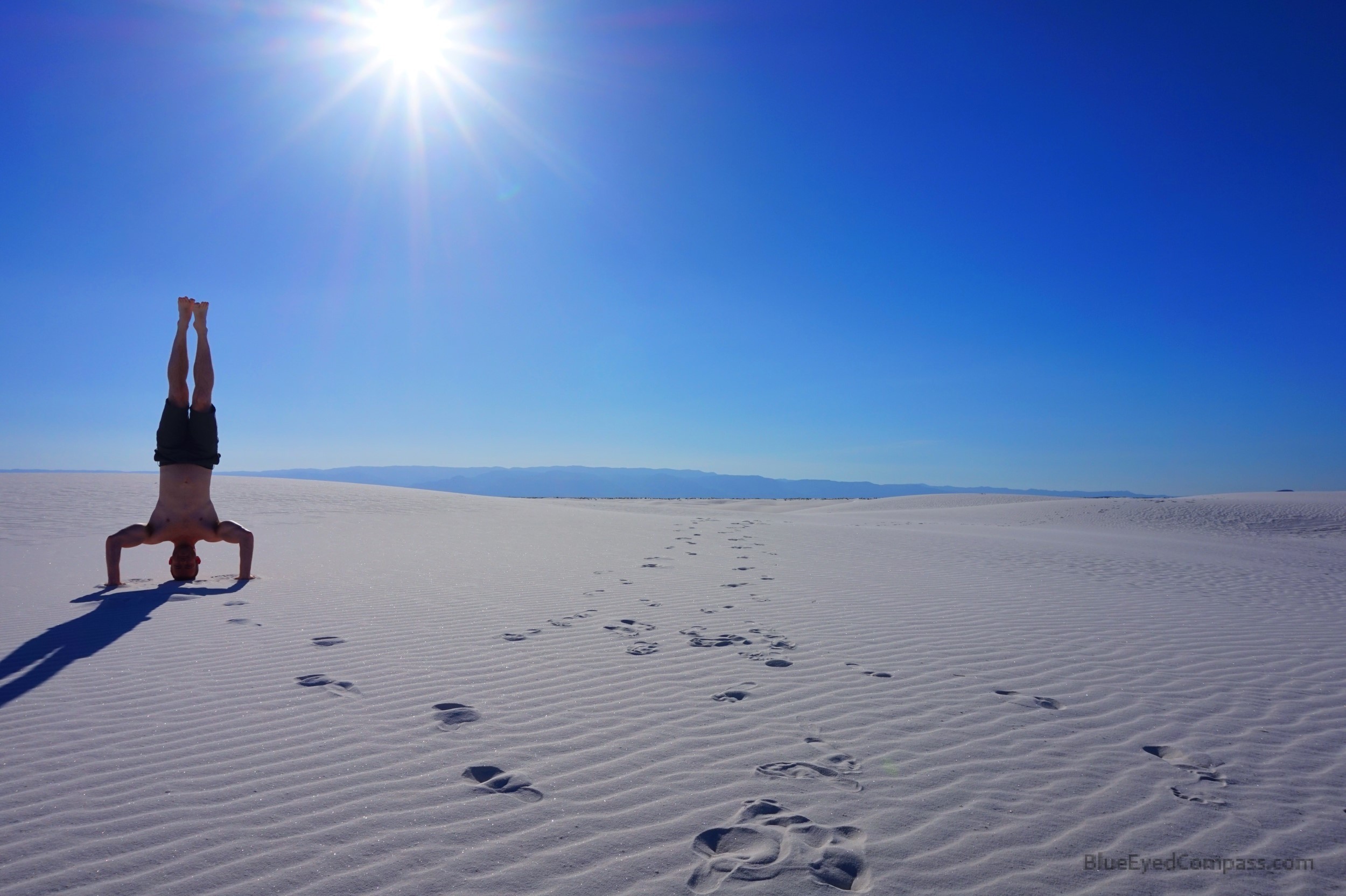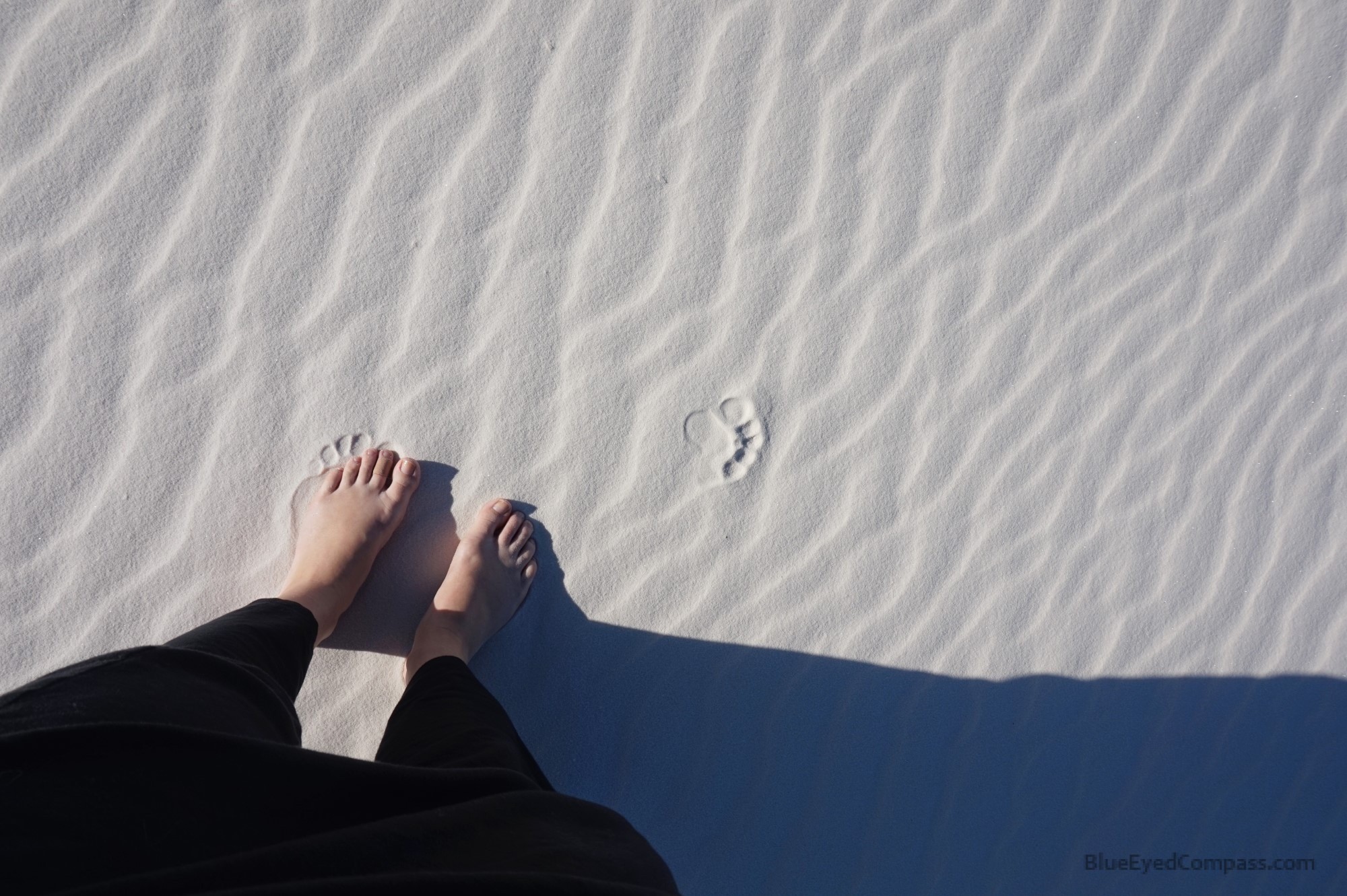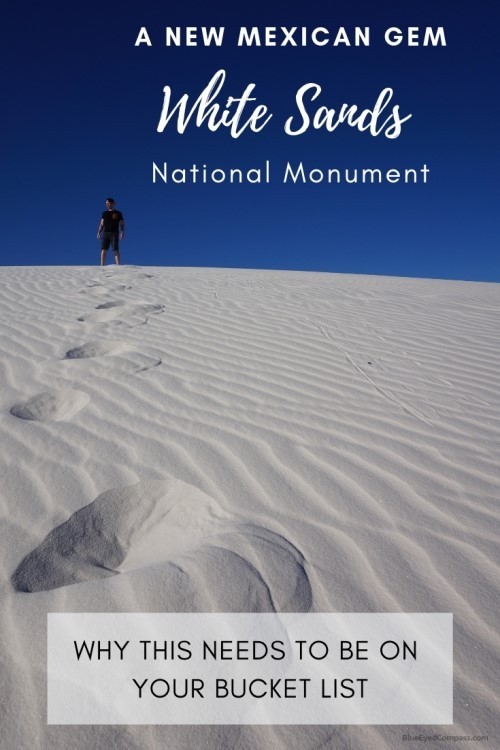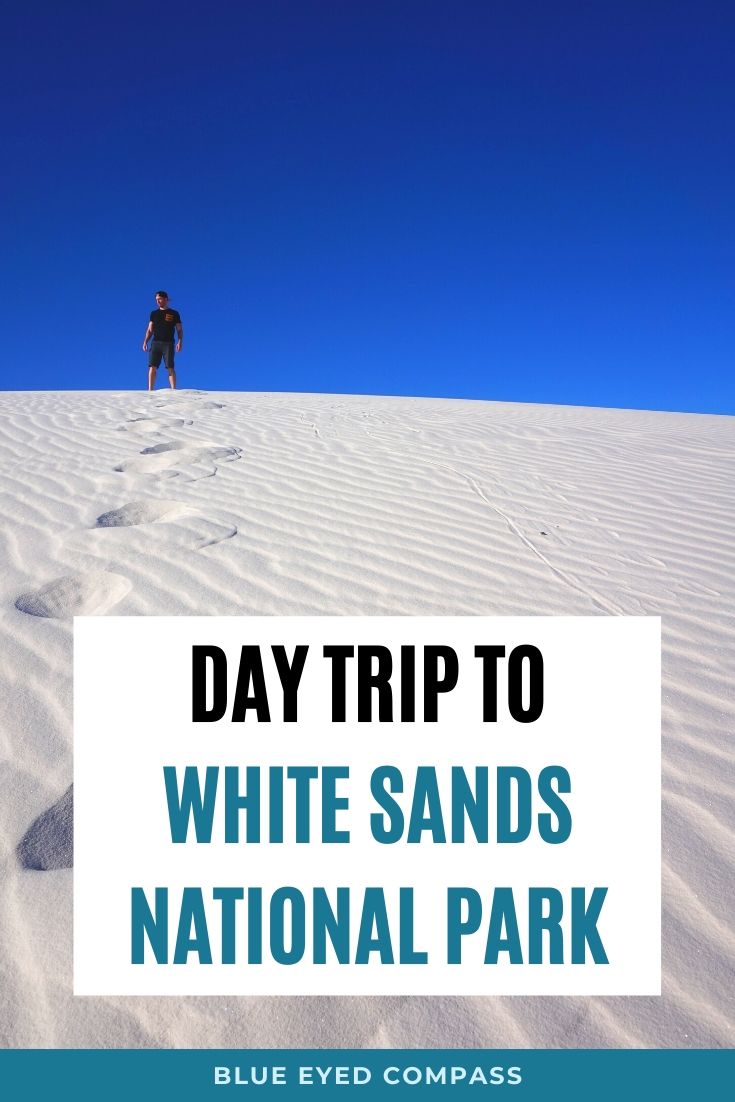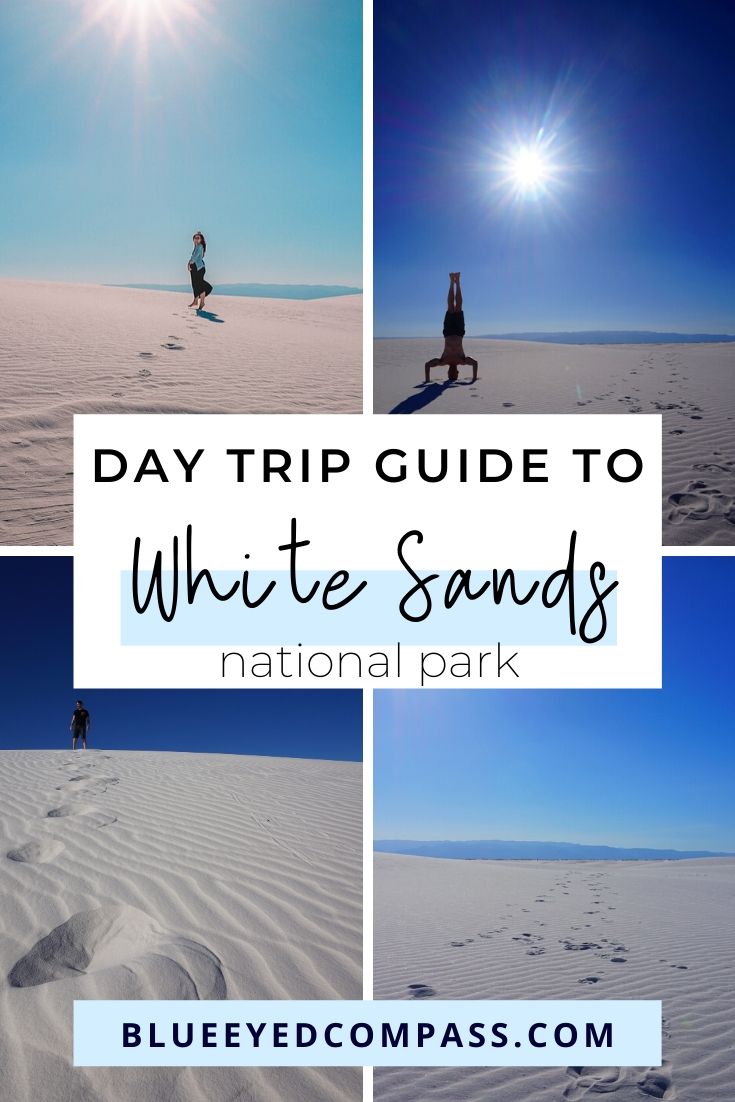
Hiking Madeira’s Mountains
Hiking Madeira’s Mountains
An experience I never expected
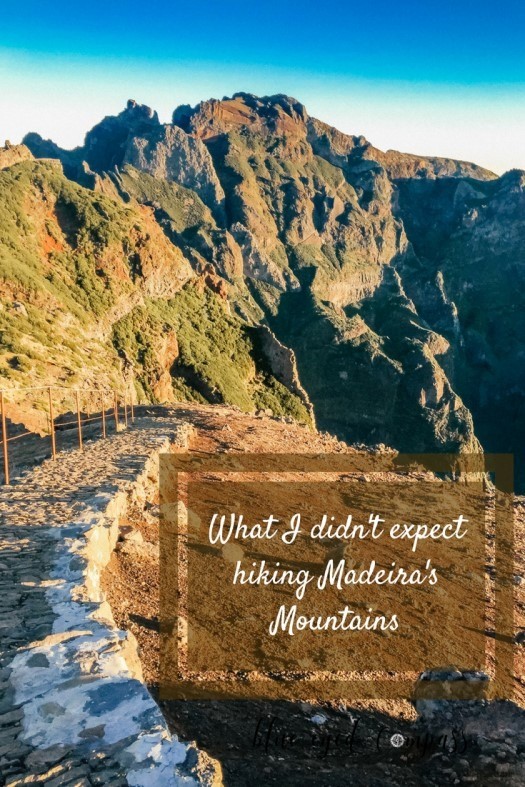
Tossing bits of dried fruit over to a pair of red-legged partridges, it suddenly dawned on me that perhaps I greatly underestimated the vast wildlife we were about to encounter on our eight-hour hike through the mountains of Madeira. The local guide and our new long-limbed friend, David, chuckled with my sudden influx of inquiries concerning the danger of mountain lions and cliff jumping goats. Much to my surprise, the only ‘predators’ to fear on this Portuguese island located off the coast of Morocco were the hungry feral canines and felines that roamed the domesticated neighborhoods.
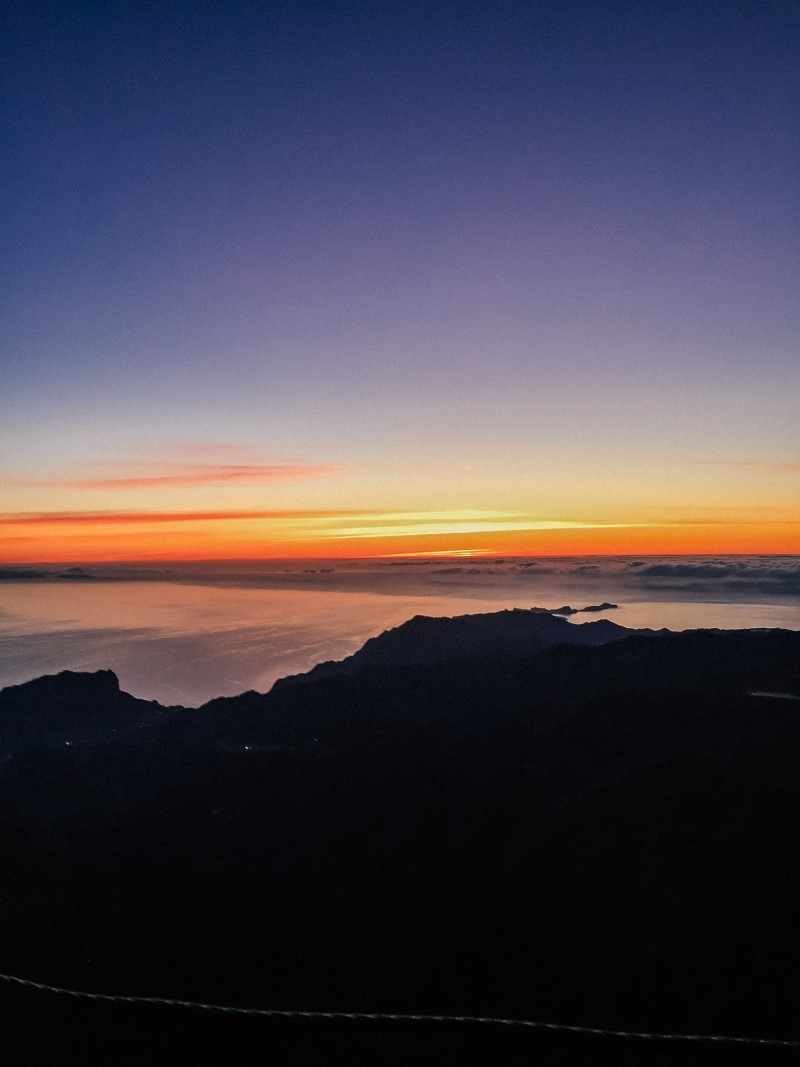



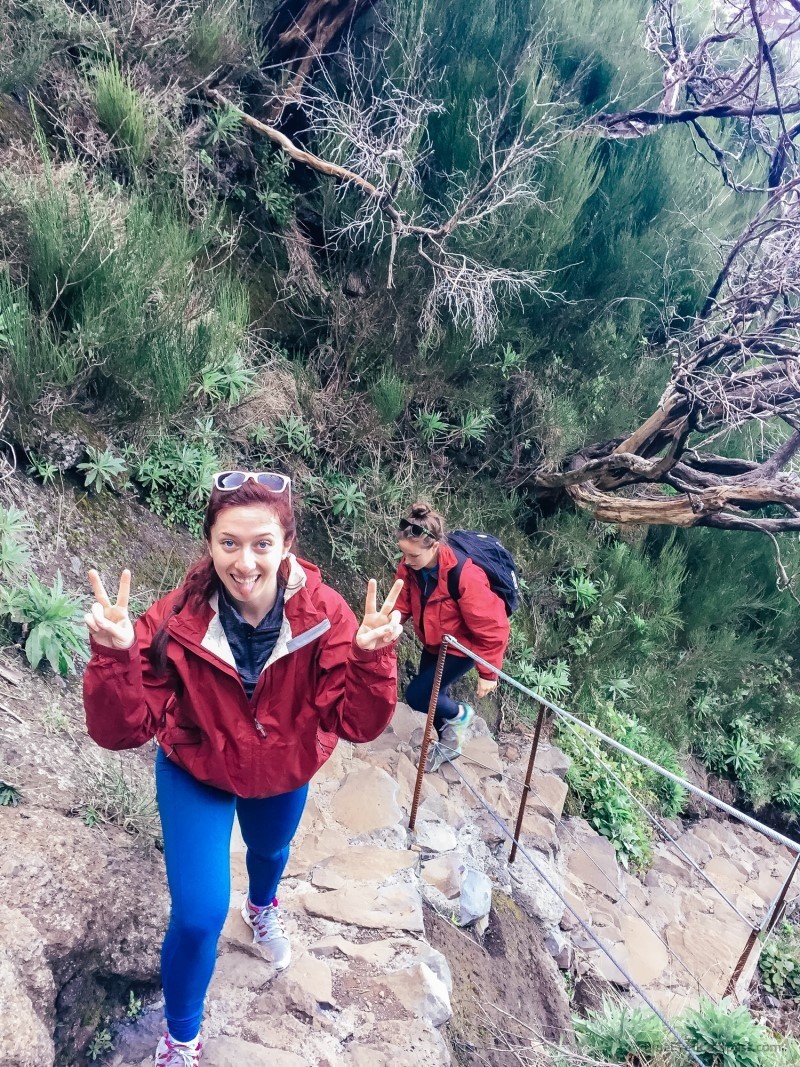



It’s moving to be in a place that still feels untouched by human permeation of insatiability. With little to fear from non-existent predators, it is no wonder the partridges teetering on a cliffside with us were welcoming during our midday snack break. This pearl of the Atlantic Ocean maintains much of its original beauty, and is truly a paradise in the purest form. It felt as if we were the first group to hike this trail, and when we left no trace that we had been there- I had the distinct feeling that I experienced something I never expected to.
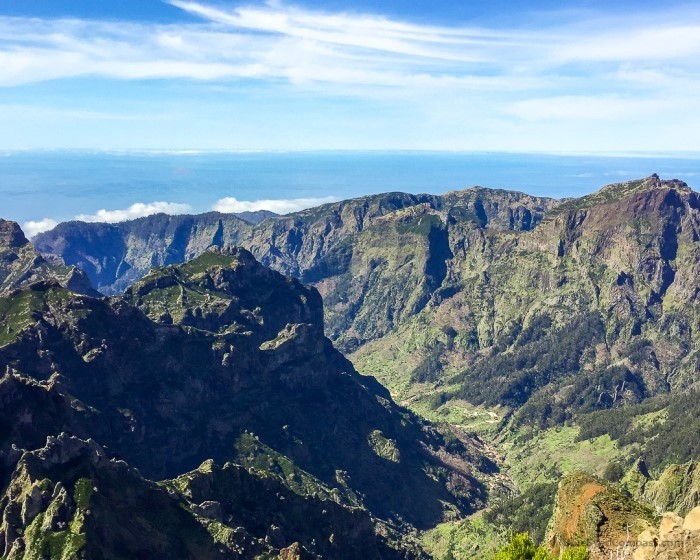

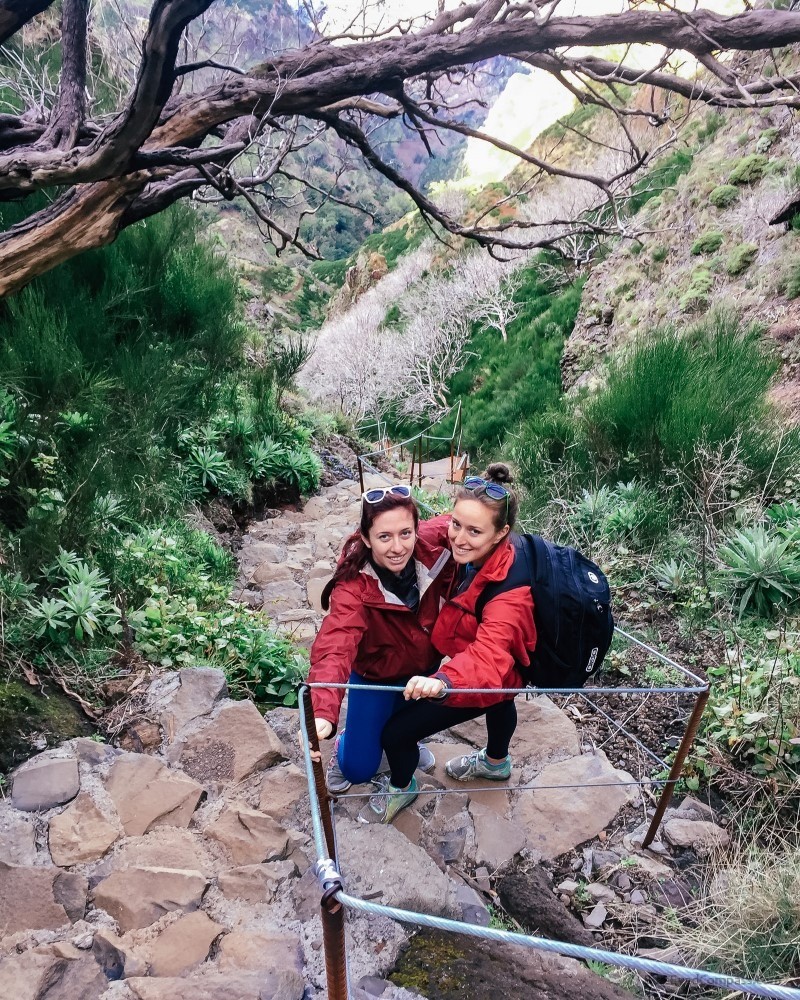





We took this hike with a tour group — Up Mountain Madeira
I would highly recommend them. They were easy to book with, communication was always timely and the guides went above what I would have expected. We also loved that the size of groups were limited.
Pin me for Later!








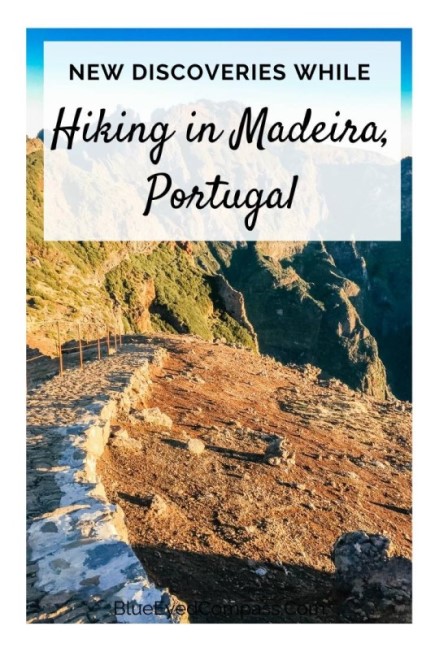




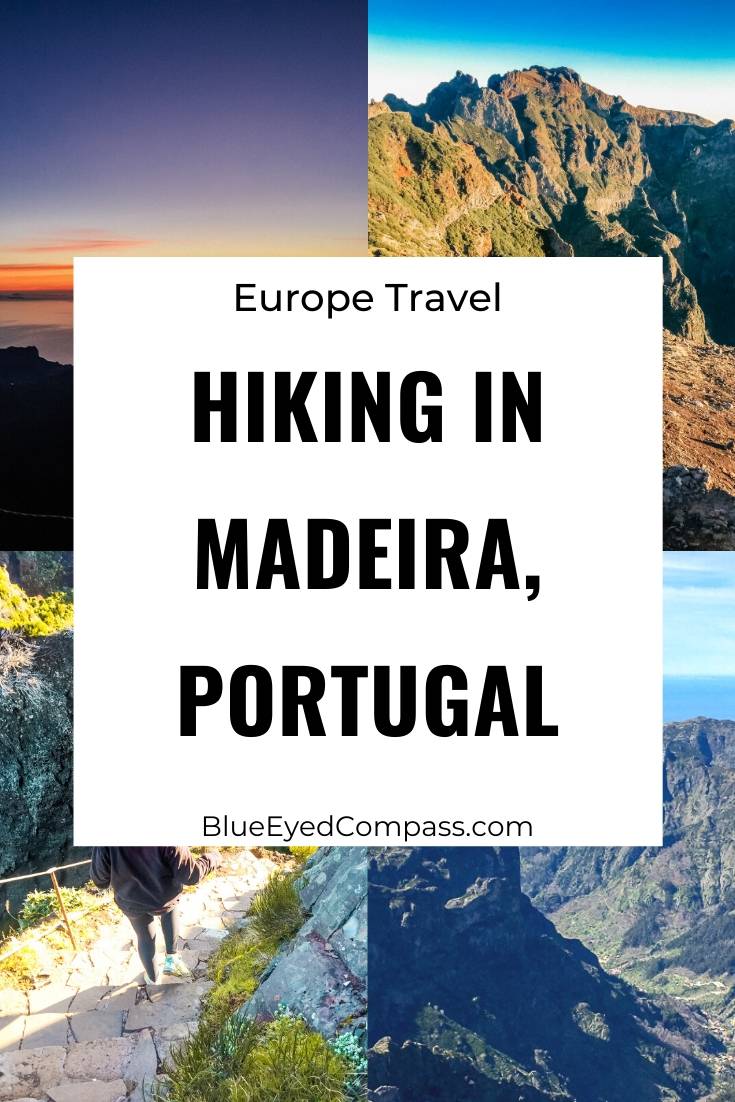

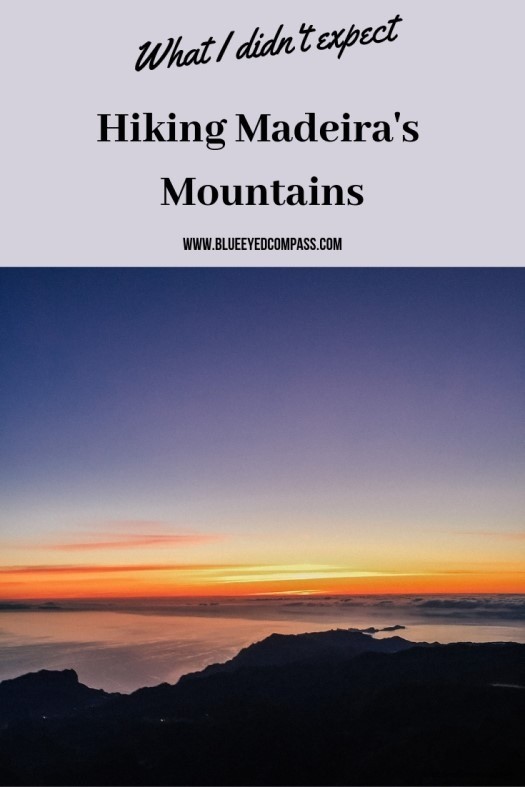



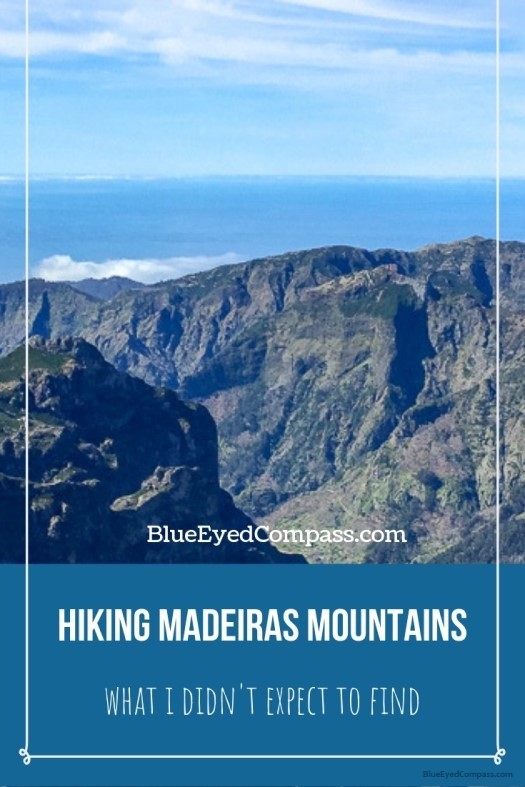

Follow Along





